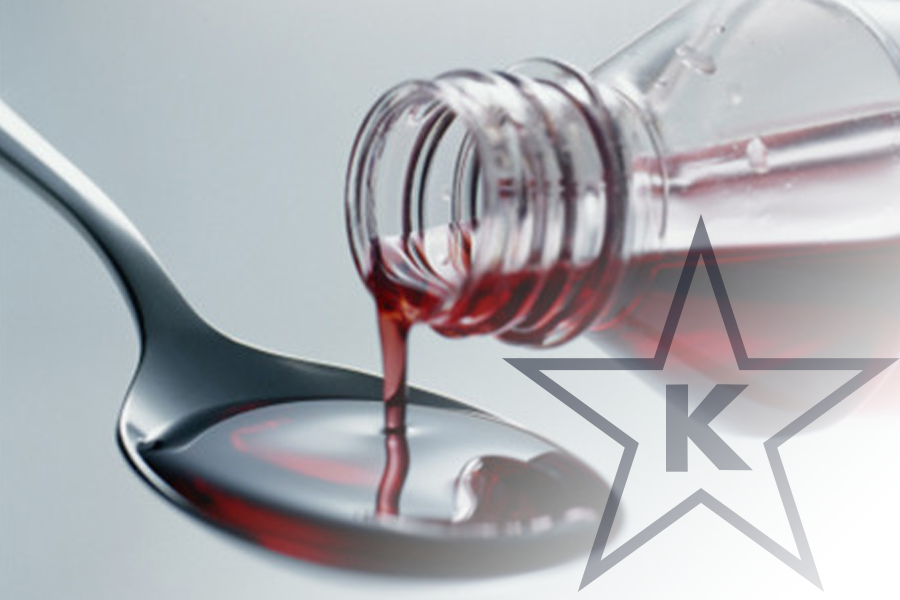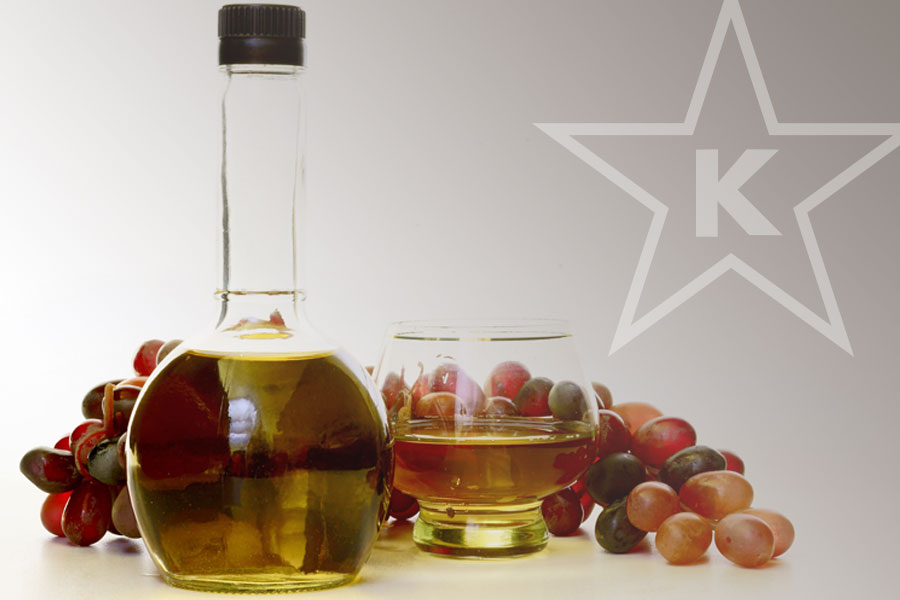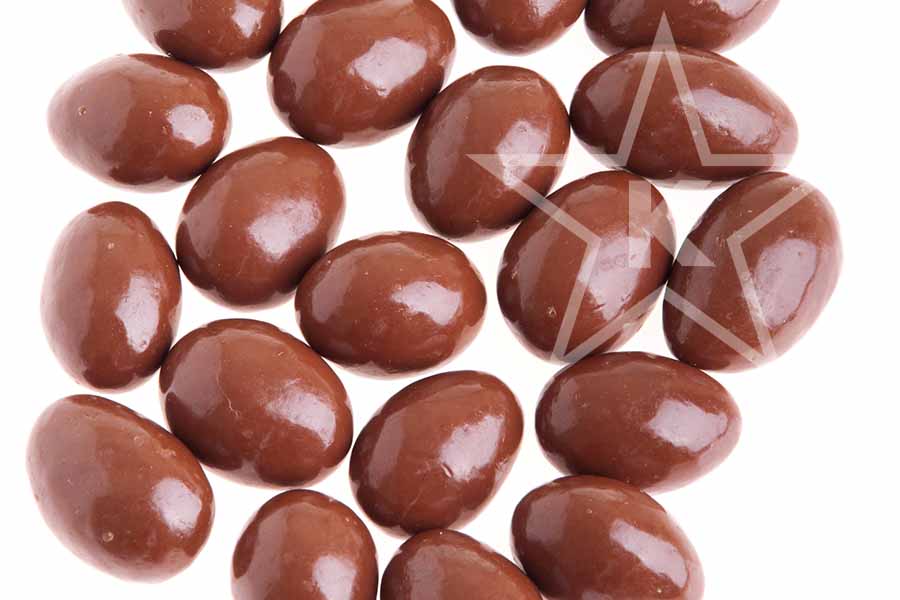In the world of food ingredients, there is no ingredient as versatile as glycerin. In the world of kosher ingredient sensitivity, there is no kosher-sensitive ingredient that compares to glycerin. Glycerin’s ingredient versatility is not limited to food grade applications. Glycerin is used extensively as a major component in the pharmaceutical and cosmetics industries, as well.
Glycerin is known as a humectant. That means that glycerin helps retain moisture. Therefore, glycerin is a perfect ingredient for the baking industry to keep bakery goods moist and give products a longer shelf-life. Glycerin is sweet and can be used as a substitute for liquid sugar. Glycerin is an excellent solvent and is used as a mainstay for food colors. These properties make glycerin an essential ingredient in a myriad of food applications.
Furthermore, glycerin’s natural properties make it an essential element in pharmaceutical products, as well as health and beauty aids. What is that […]





 STAR-D
STAR-D STAR-S
STAR-S